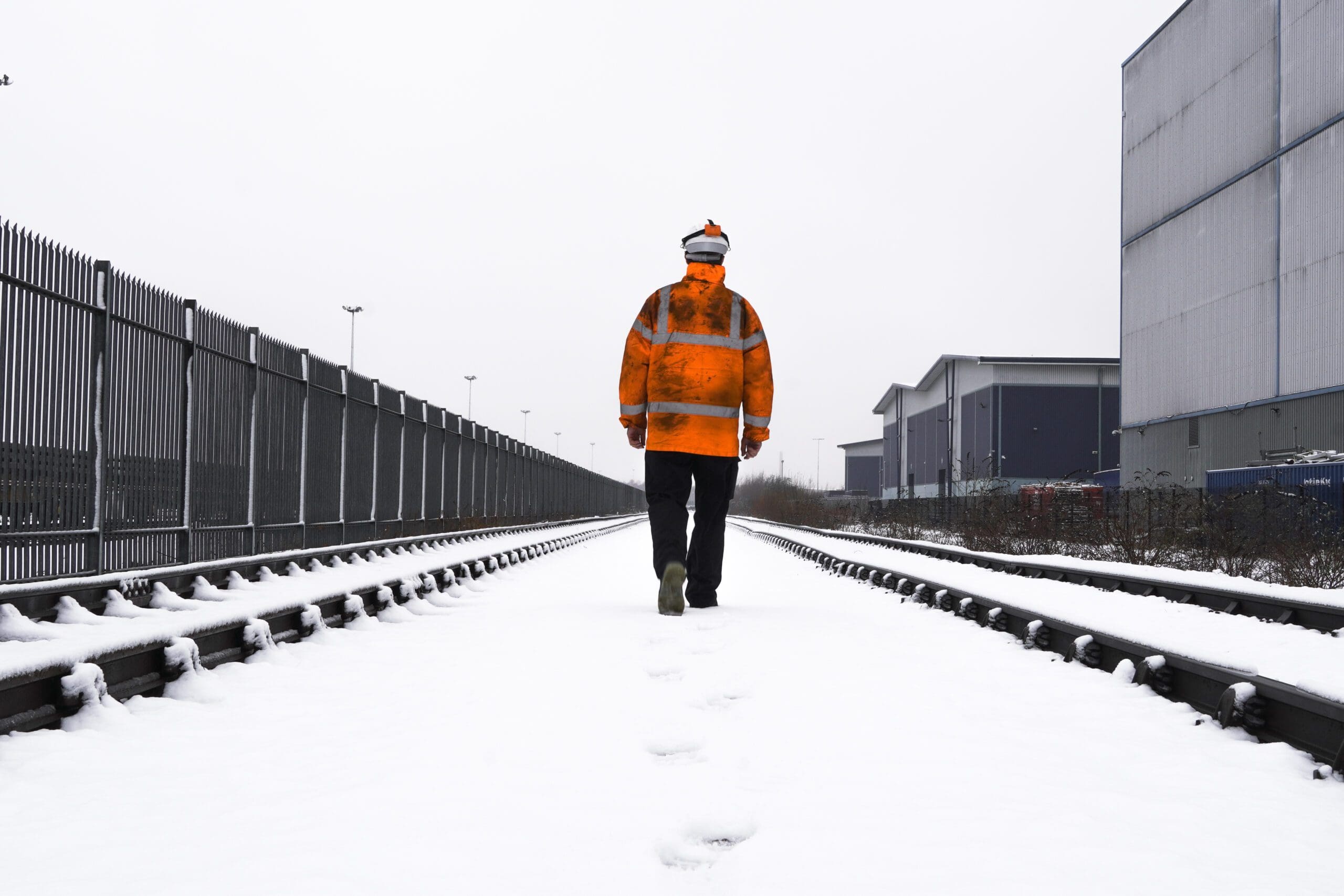Causes of AML Caused by Railroads
In the history of railroading workers have been exposed to many dangerous chemicals. This kind of exposure could result in leukemia, which is a fatal cancer that affects blood cells.
AML is a rare type of acute myeloid cancer. Patients diagnosed with AML may be entitled compensation for their pain and misery. To begin, contact a railroad AML settlement lawyer today.
Benzene
The most frequent reason for AML in railroad workers is benzene exposure. Benzene, a clear, flammable liquid that has an aroma that is sweet it is used in gasoline and diesel fuel and in products like rubbers, paints, plastics and lubricants. Limited contact with diesel or benzene is not likely to cause illness, but prolonged exposure can lead chronic diseases such as leukemia.
The International Agency for Research on Cancer classified benzene a known carcinogen. Exposure to benzene has been associated to leukemia in children and acute lymphocytic Leukemia (ALL) and chronic lymphocytic leukemia, and other blood-related cancers that affect adults, such as non-Hodgkin's lymphoma, and multiple myeloma.
Coal Tar creosote (carbolineum) is another chemical exposure that could trigger AML in railroad workers. This rot-resistant product is utilized to safeguard railway ties and electrical poles. Numerous studies have linked coal tar creosote with leukemia. Our railroad cancer lawyers can link machinists and track department employees who frequently dealt with the substance to their diagnosis of AML.
Trichloroethylene is an organic chemical with no color that is primarily used as a degreaser in industrial environments is also linked to AML in railroad workers. Weitz & Luxenberg is currently seeking to file lawsuits on behalf of railroad repairmen and other workers who are exposed to the chemical. Our attorneys can assist in the determination of medical causation, as well as filing the appropriate claims under FELA.
Creosote
It is a chemical that is extracted from coal-tar, and used as a wood preserver to ensure that railroad ties are resistant to insect and rot. It is a source of polycyclic hydrocarbons (PAHs), such as benzo[a]pyrene. These are known carcinogens.
The toxic substance can be absorbed through the skin, inhaled or ingested. mds caused by railroad how to get a settlement is usually found in rail yard waste and contaminated soil. Exposure to the chemicals can cause burns to the skin, chemical eyes injuries as well as mental agitation and kidney issues. Toxins are also able to circulate in the bloodstream and stay for a long time inside the lungs.
A former employee of the rail track department recently received a $7,500,000 verdict after being diagnosed with acute myeloidleukemia attributed to exposure to chemicals such as creosote and others. He was employed by a business which was bought by Union Pacific. He spent 31 years cleaning railroad ties and handling railroad ties and working in railway yards.
He says that the railroad failed to provide him with personal protective equipment, including gloves and covers, while working. He was often exposed to chemicals despite the company's understanding that exposure to chemicals for long periods could be hazardous. He is seeking compensation for his injuries under the Federal Employers' Liability Act. pancreatic cancer caused by railroad how to get a settlement suffers from other medical issues, including permanent nerve damage to his legs and feet as well as impaired vision. He also suffers from memory loss, impotence and the graft-versus host disease.
Asbestos
Asbestos is a hazardous mineral fiber that was utilized in many railroad construction jobs. Mesothelioma and lung cancer are among the toxic effects. pancreatic cancer caused by railroad how to get a settlement who were exposed asbestos in the course of their work may be entitled to compensation. An asbestos attorney from the railroad can examine medical documents to determine if a person is entitled to an asbestos suit.
Railroad workers may be exposed to benzene, creosote and asbestos while working on trains as well as in repair shops and other railway facilities. A seasoned railroad asbestos attorney can help individuals determine the extent of their exposure as well as if it led to an asbestos-related illness such as mesothelioma.
In addition to filing an asbestos lawsuit railroad workers who have been diagnosed with mesothelioma, or another asbestos-related disease may file a claim for workers' compensation. These claims can cover funeral costs, medical expenses and other losses resulting from mesothelioma. Rail workers injured by rail accidents can file these claims under the Federal Employers Liability Act (FELA).
A mesothelioma lawyer from the railroad can aid those diagnosed with asbestos-related ailments, or have lost a loved mesothelioma patient. A skilled railroad asbestos attorney can assist their clients in seeking justice and receive a fair settlement. Contact us today to begin. You can receive a no-cost consultation. Ken Danzinger is an experienced railroad worker lawyer who has earned millions of dollars for his clients.
Pesticides and herbicides
Many railroad workers are exposed to pesticides and herbicides during their job. These chemicals are used to kill unwanted insects and plants on the railroad right-of-way. They are sprayed onto the tracks in yards, as well as on other properties owned by railroads. Studies have shown that exposure to these chemicals increases a worker's risk of developing AML. In contrast to creosote, herbicides are not easily destroyed and can persist in the earth for decades. Studies that included information on exposure assessment using peer-to-peer conversations or occupational exposure matrixes showed stronger associations between OPE and AML than those that did not.

